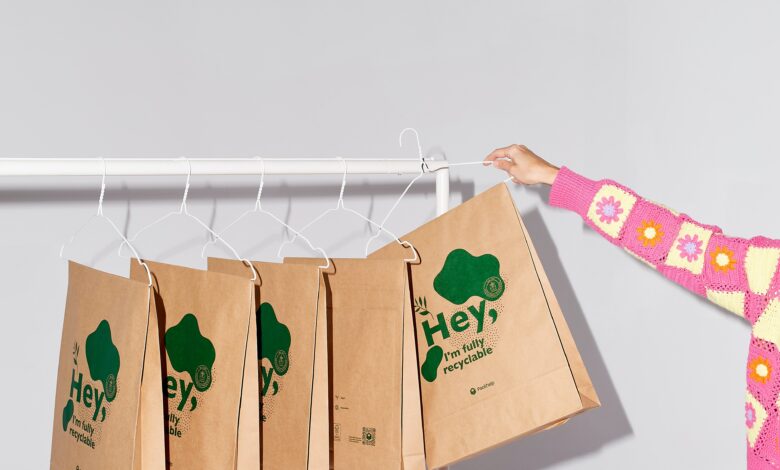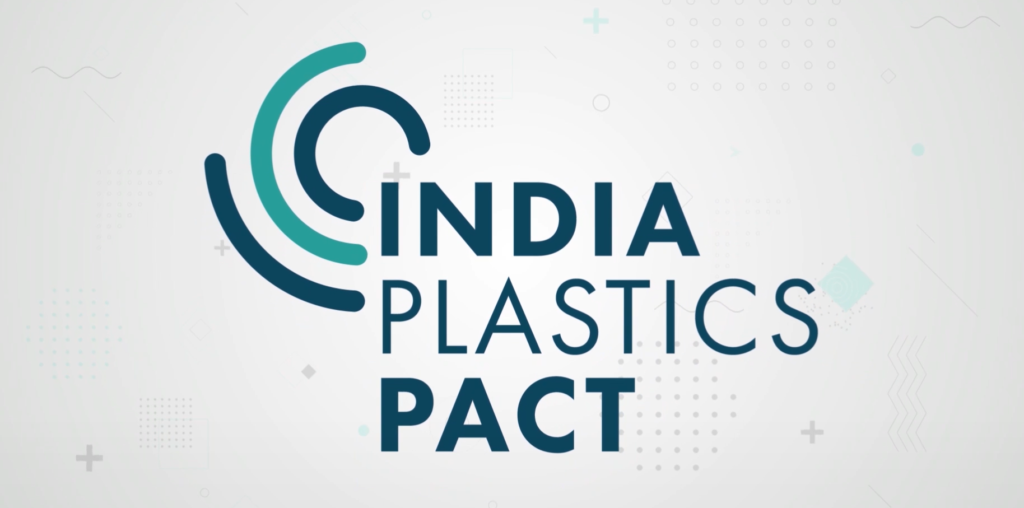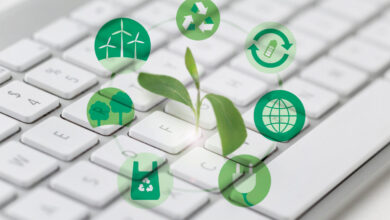How India is Staying Ahead in Sustainable Packaging Trends

Discover the rising trends in sustainable packaging in India, its potential, and why businesses should adopt sustainable packaging methods.
Sustainable packaging involves the sourcing, development, and utilization of materials with the aim of reducing environmental impact. This encompasses strategies such as using a minimal quantity of materials, reducing energy consumption, and minimizing waste generation. In an era defined by environmental consciousness, sustainable practices have permeated every industry, and packaging is no exception.
The Rising Demand for Sustainable Packaging
According to a report, the Indian Packaging Market had a valuation of USD 50.5 billion in 2019, and it is projected to attain USD 204.81 billion by 2025, with a compound annual growth rate (CAGR) of 26.7 percent from 2020 to 2025.
Over the past decade, there has been a remarkable 200 percent increase in packaging consumption in India, rising from 4.3 kilograms per person per annum (pppa) to 8.6 kg pppa, as reported by the Indian Institute of Packaging (IIP). Consequently, the adoption of more intelligent and sustainable packaging solutions has emerged as a primary concern.
According to a report from CII, the implementation of sustainable packaging techniques can result in a potential 30% reduction in packaging expenses for Indian companies. Additionally, a survey uncovered that 75% of consumers in India are inclined to pay a premium for products featuring sustainable packaging, while 71% feel that businesses bear a responsibility to employ eco-friendly packaging materials.
This demonstrates the increasing consumer demand for sustainable packaging in India, indicating that companies embracing this approach could experience heightened sales and enhanced profitability.
The Role of E-commerce
Online e-commerce platforms are progressively adopting biodegradable materials and are actively working to minimize packaging waste. This shift in packaging practices aligns with the government’s vision, as the Department of Consumer Affairs has recently unveiled its intentions to establish standards for sustainable packaging. This initiative is aimed at curbing the excessive waste generated by the food and beverage industry while encouraging the use of environmentally friendly packaging materials.
The department plans to engage in extensive collaboration with industry experts and stakeholders to formulate guidelines for sustainable packaging that adhere to international standards. This development comes as no surprise from a brand perspective, considering that industry giants like Flipkart and Amazon have already initiated their transitions towards sustainable packaging.
Challenges and Considerations
The extensive consumption of non-recyclable materials on a global scale, including in India, is leading to a substantial carbon footprint associated with production, elevated waste levels, persistent environmental pollution, and adverse effects on wildlife and ecosystems. What is imperative at this juncture is the implementation of effective waste management policies and consumer education to ensure the widespread adoption of sustainable packaging practices across various industries.
According to a recent report published by the OECD, nearly two-thirds of plastic waste generated by the year 2060 will stem from single-use and short-lived items, such as packaging, low-cost products, and textiles. The report forecasts a surge in global plastics consumption from 460 million tonnes in 2019 to a staggering 1,231 million tonnes in 2060 if substantial new policies are not introduced.
It is worth noting that India has achieved a significant milestone by becoming the first Asian nation to establish a plastics pact, introducing an innovative initiative that brings together leading businesses at the national level to commit to creating a circular plastics system.

The India Plastics Pact has set specific targets to be accomplished by 2030, which encompass the following objectives:
- Identifying a list of unnecessary or problematic plastic packaging and items and implementing measures for their resolution through redesign and innovation.
- Ensuring that 100 percent of plastic packaging becomes reusable or recyclable.
- Achieving a 50 percent recycling rate for plastic packaging.
- Attaining an average of 25 percent recycled content across all plastic packaging.
Conclusion
Companies across various sectors make gradual strides towards adopting sustainable packaging practices. However, the most formidable obstacle continues to be the prevalence of single-use plastic and the need for cost-effectiveness. It’s important to note that not all brands possess the necessary resources to effectively address these challenges.
The Disposal Company is helping those brands neutralize the same amount of plastic used in their packaging by removing it from landfills and proper recycling. It also educates brands on how to minimize the amount of plastic in their packaging. For further details check here.




